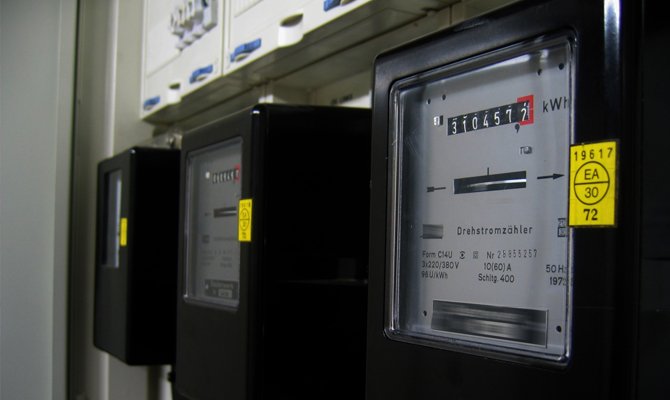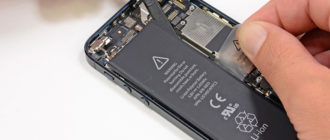Leaving electrical appliances on the network is not only dangerous, but wasteful for the family budget. Low-power consumers, such as chargers, at first glance, do not pose a fire hazard, and in a state of rest they practically do not consume electrical energy.
Despite this, devices that are constantly connected to the network can pose a serious threat, and energy consumption can be significant over a long period of time.
This article will provide the main arguments for the need to turn off such devices, as well as cases where you can leave the charges plugged into the network without fear.
Content
Why is it dangerous to leave charging in a power outlet?
Leaving the charger unattended for a long period of time when it is not necessary to charge a smartphone or any other gadget can cause a fire, increased electrical energy consumption or lead to premature failure of the charger.
Power consumption
Leaving a charge constantly connected to the mains is bad for the family budget. A charger for a cell phone that is constantly plugged into an outlet consumes about 0.5 watts of electricity per hour. Such a device will “wind up” about 10 watts per day, and 3600 watts per year.
With an electricity price of 5 rubles per kW, about 20 rubles will be required per year. This figure can be increased by 2 to 3 times if charging for a laptop is left in the outlet. For ten years of a permanently connected device, “economic damage” can amount to hundreds of rubles.
Despite the relatively small amounts, optimizing costs by turning off chargers and devices that are in standby mode, as well as switching to more economical devices, will significantly increase the amount of money saved.
Charger amortization
The cost of branded charges can be thousands of rubles. The constant inclusion of such devices in the network naturally causes the aging of the device and brings it closer to failure.
The costs of buying a new charge can not be compared with the estimated costs of paying for electricity. For this reason, it is recommended that you remove the charger from the wall outlet when the phone is not charging.
A sudden charge failure will require not only significant financial costs for the purchase of a new product. The battery charge is limited, and if you do not periodically connect the gadget to the charger, it will not be possible to use the device when the battery is completely discharged.
A good backup solution to this problem is the purchase of a power bank, which must be constantly kept in a fully charged state.
Short circuit probability
Short circuit is a dangerous phenomenon. This wiring condition causes fires in which hundreds of thousands of people die every year.
The connection of the contacts in the presence of a large amperage leads to excessive heating and ignition of easily combustible materials, so you can not leave the devices turned on unattended. Chargers are also no exception to this rule.
Short-circuit fires can not only cost lives or health. As a result of exposure to open fire, valuable items may be lost and irreparable damage to property may be caused.
The presence of an increased risk of a fire when the charging is constantly turned on in the network makes it necessary to disconnect the charger when charging mobile devices is not carried out.
Probability of mechanical damage
Constantly plugged into the outlet can be completely destroyed as a result of heavy objects falling on it. Moreover, mechanical damage may result in a short circuit, the danger of which was mentioned above.
With the complete destruction of the charger housing, there is also the possibility of electric shock to people. If the cable that connects to the gadgets is not too high, then the standard 220 volts are inside the charging.
For this reason, it is not recommended to turn on the charger in the bathroom, where the humidity is always above normal.
Charging can be damaged by pets, young children, and rodents, who are very partial to live wires.
Arguments for leaving the charger in a power outlet
For many owners of various gadgets, the above dangers do not seem real, and the electricity consumption is actually not too large even if the charging is constantly connected to the electric network.
Using various memory devices in this mode, they did not encounter spontaneous combustion of the device or premature failure of the device.
Always in one place
The charger is a small device, so it is likely to leave it in a place that will be involved in the search in the last turn.
Given the fact that it is necessary to restore the battery charge of a mobile device as quickly as possible, then connecting it always to one outlet will completely eliminate the occurrence of such unpleasant situations.
Apply surge protector
In order to minimize the risk of a fire during a short circuit, you need to connect the charging to the power strip. The protective mechanism will automatically turn off the power supply in the event of an increased load in the device.
The cost of the power filter is not too high, so this technical solution will significantly improve the safety of using memory at minimum cost.
As you can see from the above examples, the number of arguments “for” is much greater than “against”, but the last word always remains with the owner of the mains charger.
Have questions or have something to add? Then write to us about it in the comments, this will make the material more useful, complete and accurate.








